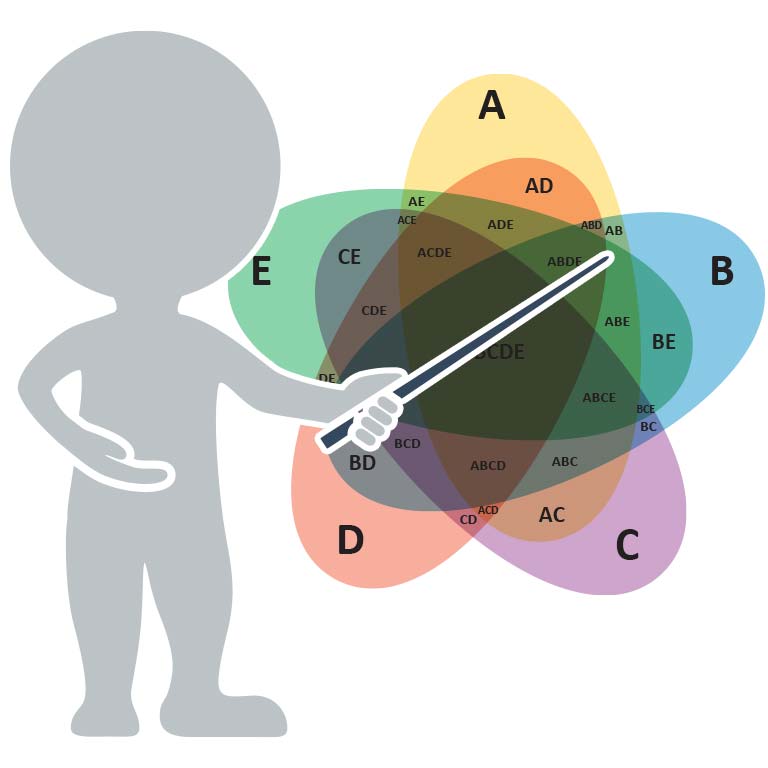At the end of last week, I published an article which examined a new marketing initiative from the Canton Symphony. Since then, quite a few readers took the time to send an email about the idea of a calendar like this. Additionally, I took the time to call the Canton Symphony president & CEO, Linda Moorhouse, to talk to her about the project.
Drew McManus: What are the motives behind the calendar project?
Linda Moorhouse: Our intention is not to use sex to sell the orchestra; we’ve never received any complaints from people who’ve seen the calendar. Our objectives for the project are multiple; we were looking to overturn a stereotype of what an orchestra is – I think every orchestra is more than the general public expects and to raise funds for our education programs.
Drew McManus: What sort of stereotypes do you think your community has about the Canton Symphony?
Linda Moorhouse: I think the public is intimidated by orchestras, the calendar is an attempt to show that classical music is for everyone. People sometimes think that classical music patrons only like classical music and they are afraid that they’ll use wrong terminology in front of one of us. Misguided attitudes like this only keep people away.
I’m also looking to overcome the perception by some of our community that because our venue is in a high school we must perform at the same level when nothing could be further from the truth. To assist in this part, the calendar does come with a sampler CD of the orchestra which includes excerpts from past live performances.
Drew McManus: How will this marketing campaign draw people to the concerts?
Linda Moorhouse: This is our music director’s 25th season with the orchestra so we wanted to do something unique to help celebrate that fact and draw attention to the concerts for this season. The calendar also includes the dates for Masterworks and education concerts for the entire season and through the first half of the 06-07 season.
If anything, that last part allowed us to plan earlier in order to get our [subscription] renewals out much earlier.
Drew McManus: Are you actively tracking how much impact the calendar is having on subscription sales?
Linda Moorhouse: We’re not actively tracking whether or not the calendars are having an impact on subscription sales, but because of the required advance planning we are selling [subscription] renewals sooner than previous seasons.
Many of the reader responses focused on the issue that the calendar was based on the idea behind the movie Calendar Girls, a film where an English women’s group embarks on a fundraising effort for a local hospital by posing nude for a calendar.
From what I understand, the Canton Symphony calendar doesn’t approach the same level of “dedication” as the women’s group from the movie. Linda (one of the calendar’s models) said,
“I would say that my picture is not one that my mother would have been opposed to.”
So the calendar isn’t about using sex to sell the orchestra, nevertheless, the public has a way of deciding for themselves what they think about an idea regardless of motives; especially if helped along by the press, such as an article circulated by the AP. I also wondered how the orchestra musicians would feel regarding the way the calendar might portray their image to the public.
I asked Linda if anyone involved with the project ever consulted with the player’s committee and she said,
“No, we didn’t. But we haven’t received any complaints from the musicians about it; as a matter of fact several of them and their spouses are models.”
Personally, I think the whole issue of using sex to sell classical music is fine so long as it’s done well; just like I would expect from any marketing initiative.
One of my real concerns was that since this calendar idea originated from one of the orchestra’s Symphony League volunteers I was curious if this was just another well intentioned pet project which quickly grew into an all consuming project.
These sorts of projects can quickly take a life of their own and overshadow the work which needs to be done to keep the core product out in the public consciousness.
Drew McManus: How much of the orchestra’s resources went into the development, implementation, and distribution of the calendar?
Linda Moorhouse: None of our budget went into development, production, or advertisement of the calendar but we are working with Symphony League volunteers to distribute the calendar.
None of the work took time away from our regular planning, however, as I mentioned before it did cause us to begin work with [artistic] planning much earlier; but that’s turned out to be a positive so far.
Drew McManus: What about your staff, did they need to spend time working on issues with the calendar?
Linda Moorhouse: The calendar was time consuming for a couple of weeks for the staff. The staff took over some aspects of executing the calendar except for securing models – the most time consuming aspect which was handled by the Symphony League volunteers.
Drew McManus: Where did the funds come from to get the calendar idea from concept to reality?
Linda Moorhouse: All of the $30,000 in start up funds came from the Symphony League and we hope to net $50,000 for our education program when it’s all said and done.
I appreciated Linda taking her time to answer those questions and provide some additional insight beyond what’s been reported in traditional print media outlets so far.
Overall, it was good to see that the project didn’t cross the boundary being a personal project into a resource consuming beast.


